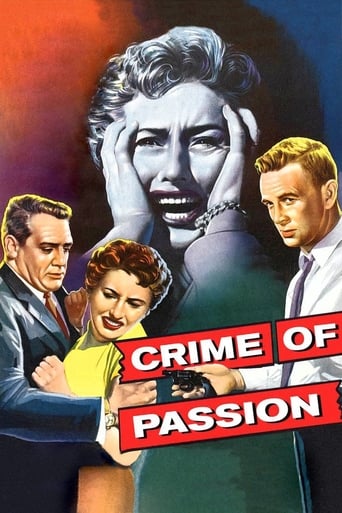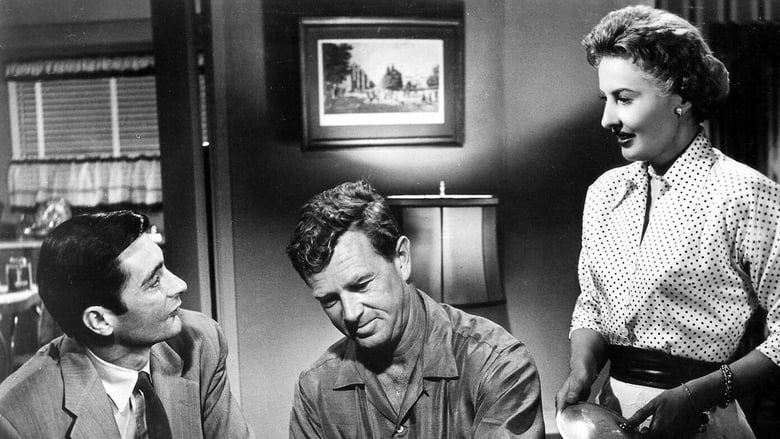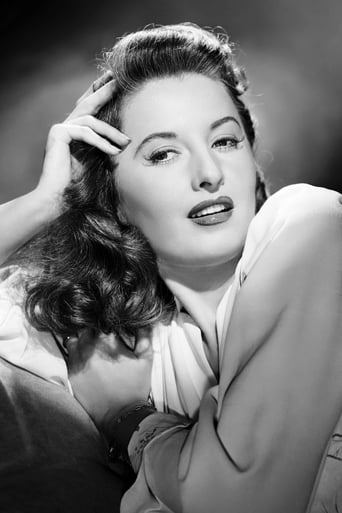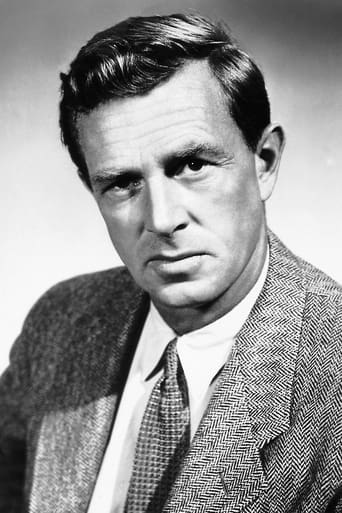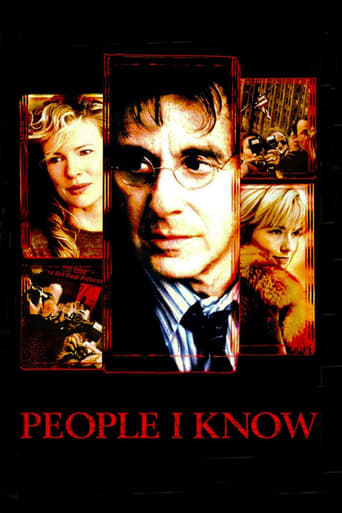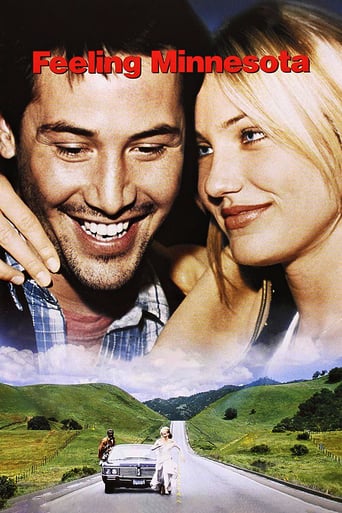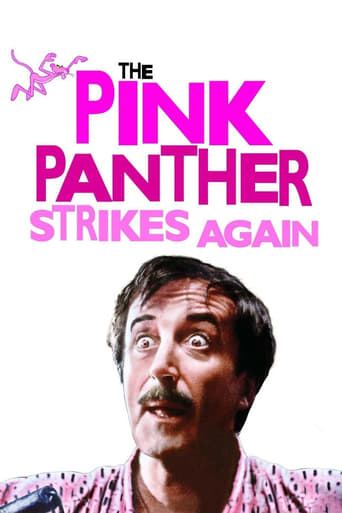Crime of Passion (1957)
Kathy leaves the newspaper business to marry homicide detective Bill, but is frustrated by his lack of ambition and the banality of life in the suburbs. Her drive to advance Bill's career soon takes her down a dangerous path.
Watch Trailer
Cast

Similar titles
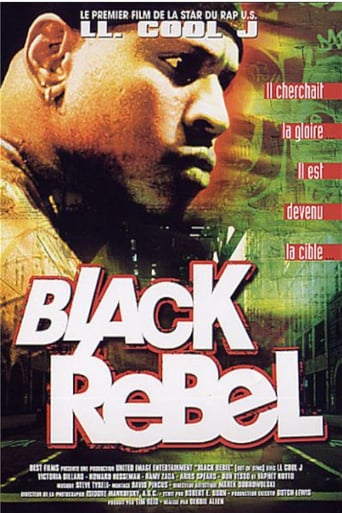

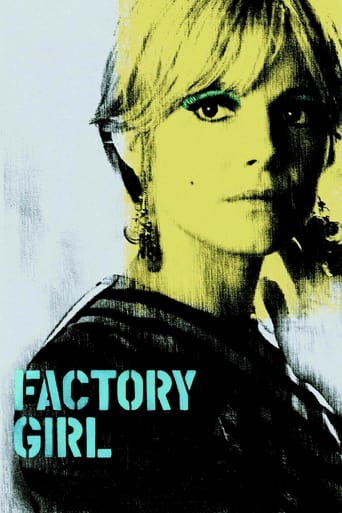
Reviews
good film but with many flaws
It was OK. I don't see why everyone loves it so much. It wasn't very smart or deep or well-directed.
This story has more twists and turns than a second-rate soap opera.
It's simply great fun, a winsome film and an occasionally over-the-top luxury fantasy that never flags.
Hard-boiled LAPD detective Royal Dano, tracking a fugitive in San Francisco, rubs local reporters the wrong way with his failure to communicate, none more so than fiercely independent Barbara Stanwyck, whom he advises to go home and make dinner for her husband. She doesn't have one, of course, but she soon does after falling in lust with Dano's stolid but hunky sidekick Sterling Hayden.Marry in haste, repent at leisure. The dullest audience member can see this is a bad idea. After the life of a suburban LA housewife has driven her literally to tears, Stanwyck devotes her Lady Macbethian wiles to advancing her hubby's career ahead of that of his superior officer. These machinations involve police commissioner Raymond Burr and his wife Fay Wray. Yes, Kong's crush is now married to Perry Mason.Needless to say, all does not end well here. The cast alone would make this film worth a look, but it has many other virtues, including a slick professionalism and enough twists and turns to keep things moving along without any filler or padding. Although feminism and women's liberation were not in the general public's consciousness until the 60s, one can see their roots in many 50s films. If there is a Film Studies course somewhere entitled Proto-feminism in Film Noir, and there probably is, this would be right up there as subject matter along with various other films featuring Stanwyck, Joan Crawford, Ida Lupino et al. Not that it preaches about it, just something there as a springboard for Stanwyck's actions.
Feisty newspaper columnist Kathy falls for LA cop Doyle and marries him. Trouble is she bridles at dull suburban life and his complaisant attitude. Thus she begins scheming to raise his place in the detective bureau, leading to unforeseen consequences.As a crime drama the movie never really gels. There's no tension, while the only suspense comes at the end. As a vehicle for aging diva Stanwyck, she's a bit over-age for the irresistible wife and other-woman parts. The romantic scenes try hard but are none too persuasive.Where the movie succeeds is in its iconoclastic view of 1950's middle-class conformity. At a time when movies and TV were saturated with images of suburban bliss, a sub-plot here dares suggesting gender role-playing in the suburbs can be emptying. The housewives silly conversations (everything's "wonderful") are spread on pretty thick, still we get the idea. At this point, it becomes a stretch to see the dynamic Kathy (Stanwyck) stay with a boring marriage since we know she has a real independent streak.Fortunately, director Oswald manages the erratic material in smooth fashion. He's definitely an underrated helmsman from that period, as his half-masterpiece A Kiss Before Dying (1956) demonstrates. Catch some of his good touches such as the lit candle fadeout punctuating Kathy and Doyle's kindled attraction. Hayden too, is coming off an iconic role as the gang leader in Kubrick's breakthrough caper film The Killing (1956). As a cop here, the towering Hayden's excellent, but as Stanwyck's devoted husband and lover, he strikes me as miscast.Overall, the film's too erratic to register as anything more than a time-passer. But it is good to note that Stanwyck soon adjusted to more appropriate matriarchal roles than that of a middle-age temptress.
A devoted columnist for a large San Francisco newspaper, Barbara Stanwyck has forgone marriage and romance to have a career. But when Los Angeles police detective Sterling Hayden comes to town on a case, sparks fly between the two of them, and they impulsively marry. Stanwyck relocates to Los Angeles and finds the mediocrity of her existence not to her liking at all, and that includes instant resentment towards the wives of Hayden's co-workers, lead by chatty Virginia Grey. Certainly, these "Ladies who Lunch" types would get on the nerves of an independent woman such as Stanwyck, and it becomes her life's mission to change their situation immediately.Stanwyck thinks like a ruthless businessman and schemes to get into the good graces of Hayden's boss's wife (Fay Wray), hoping that her husband (Raymond Burr) will look at Hayden for an important promotion. To get this to come to fruition, she goes as far as seducing him, but that's no guarantee that hubby will get the job Stanwyck wants for him. Stanwyck does what any other film noir wife will do. She resorts to murder! Not as ruthless as her 40's film noir vixens Phyllis Diedrickson, Martha Ivers, or Thelma Jordan, Stanwyck's character is certainly a strong woman, having worked mainly around men and seemingly preferring their company. Certainly, the women in her new social circle seem frivolous and flighty, and its obvious that Stanwyck would feel more comfortable playing cards with the boys rather than swapping recipes with the girls. So while the crime she commits seems to come out of nowhere (other than perhaps a mental breakdown gone untreated), it does make sense that the frustration she felt would take over and cause her to snap. Stanwyck, getting ready to move on to her television career (with only a few feature films left), is still a quite attractive, shapely woman, and for someone in her early 50's, she has quite a bit of sex appeal left. This won't go down in the list of best film noir thrillers, but Stanwyck's performance helps it rise above what was being done in abundance already on television.
Crime of Passion (1957)A gripping widescreen black and white crime film where the loner lost in a complacent world is a woman--played with steely determination by Barbara Stanwyck. In some ways this film is a familiar type, but it has some unique lines that open up as it goes until it becomes a unique tale of seduction and ambition.You won't see Sterling Hayden better (this is around the time of his defining but more constrained role in Kubrick's "The Killing"), and throw in Raymond Burr and, believe it or not, Fay Ray (of "King Kong" fame, 1933), and you have quite a cast. It moves fast though there is some redundancy to the events sometimes--we get the idea of her ambition, for example, but they give us several examples of it instead of one good one. In general the writing is very smart and sometimes witty, in the hands of a late noir standard bearer, the woman writer Jo Eisinger.The great dramatic photography is by legendary Joseph LaShelle, and it's all pulled together elegantly by director Gerd Oswald. Who's he? Good question...this is his most respected film (he also did the good "A Kiss Before Dying" which is streamable on Netflix). I think this is a lucky confluence of talents--Stanwyck of course, and Hayden, but also LaShelle and Burr and Eisinger. It might be no coincidence that one of the themes, in fact the trigger for Stanwyck's change of character halfway through, is a revelation of sexual (gender) stereotypes--men play cards and silly things that sound important, and women sit in the next room not playing cards saying silly things that sound silly. At least in Eisinger's eyes. It's great stuff for 1957, and has more honesty than many later approaches to the problem. Stanwyck's solution, of course, is dubious. She plays a role she played in one of my favorite movies of hers, twenty some years earlier, in "Baby Face," where she sleeps her way to success.A good one, late in the noir/crime era for this style, but so good it holds up well.
